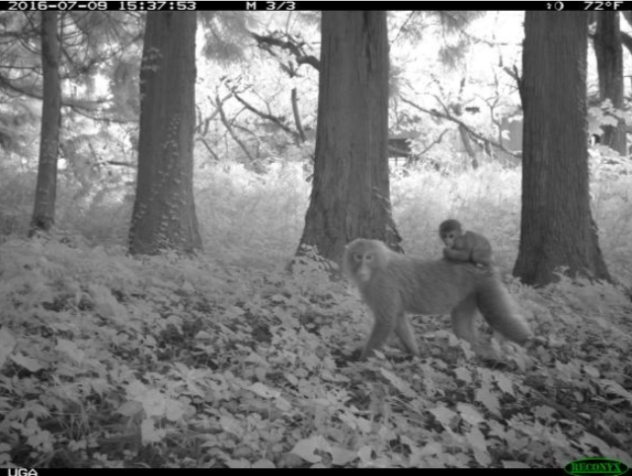
©University of Georgia
Vocabulary:
I will read the words, meanings, and sample sentences. Then, repeat after me.
- thriving /THRAHY-ving/
- catastrophe /kuh-TAS-truh-fee/
- deserted /dih-ZUR-tid/
- casualty /KAZH-oo-uhl-tee/
- contamination /kuhn-tam-uh-NEY-shuhn/
[adjective] – growing, developing, or being successful
The country aims for a thriving economy after suffering from the pandemic.
[noun] – a sudden event that causes very great trouble or destruction
The Super Typhoon Yolanda was one of the most destructive catastrophes that hit the Philippines.
[adjective] – if a place is deserted, there are no people in it
The deserted area was filled with pests.
[noun] – a person injured or killed in a serious accident or war
The driving training aims to reduce road casualties.
[noun] – the process of making something dirty or poisonous, or the state of containing unwanted or dangerous substances
The disease was spread by food and water contamination.
Article reading:
Please read the whole article. Then, I will check your pronunciation and intonation.
A decade following Japan’s Fukushima nuclear catastrophe, thriving wildlife has been discovered by scientists in deserted areas notwithstanding radiological contamination. On March 11, 2011, the northeast coast of Honshu on the Japan Trench was struck off by a 9.0 magnitude (Mw) earthquake, leaving more than 20,000 casualties or missing and hundreds of thousands of destructions. During the disaster, three reactors at the Fukushima Daiichi nuclear plant were destroyed, discharging radioactive chemicals into the air. More than 100,000 people were forced to leave the area.
Researchers from the University of Georgia (UGA) have found out that wildlife is substantial in human-free areas. In the course of 120 days, they collected more than 267,000 photos of more than 20 species using 106 remote cameras. These include raccoon dogs, wild boars, macaques, pheasants, foxes, and Japanese hares in the areas close around the power plant. “Our results represent the first evidence that numerous species of wildlife are now abundant throughout the Fukushima Evacuation Zone, despite the presence of radiological contamination,” James Beasley, associate professor at the Savannah River Ecology Laboratory and the Warnell School of Forestry and Natural Resources, said in a statement. Meanwhile, scientists clarified that this study only observes the radiological effect on wildlife populations as a whole, and it does not assess the health of each animal.
Researchers from the University of Georgia (UGA) have found out that wildlife is substantial in human-free areas. In the course of 120 days, they collected more than 267,000 photos of more than 20 species using 106 remote cameras. These include raccoon dogs, wild boars, macaques, pheasants, foxes, and Japanese hares in the areas close around the power plant. “Our results represent the first evidence that numerous species of wildlife are now abundant throughout the Fukushima Evacuation Zone, despite the presence of radiological contamination,” James Beasley, associate professor at the Savannah River Ecology Laboratory and the Warnell School of Forestry and Natural Resources, said in a statement. Meanwhile, scientists clarified that this study only observes the radiological effect on wildlife populations as a whole, and it does not assess the health of each animal.
Discussion Questions:
I will read each question. Then, please answer them.
- What particular animals have become famous in your country for some special skill or accomplishment?
- What kind of environmental policies does your country have?
- Would you join an animal rights group? Why or why not?
- Are you environmentally friendly?
- What can we do to make sure animals’ rights are respected?
Summarization
Please summarize the whole article using your own words and expressions. You will have one minute to prepare before you answer.
Describe:
Please explain the definition of each word listed below based on your understanding. You can provide example sentences if needed.
- wildlife
- destruction
- radioactive
- substantial
- species